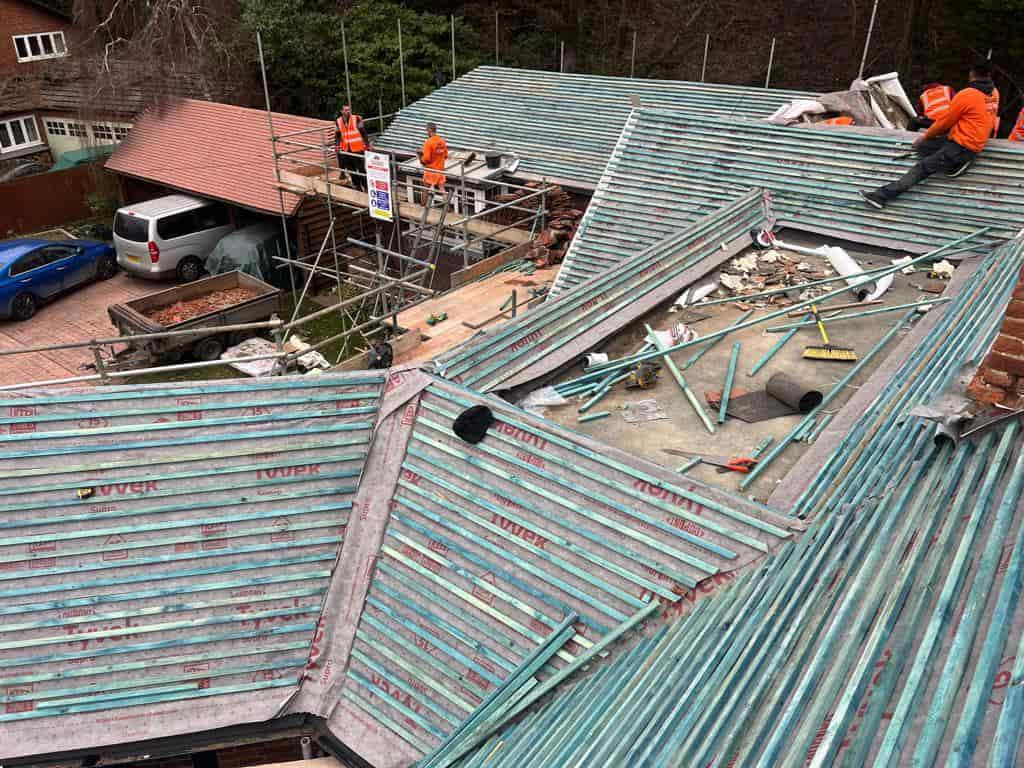Why You Should Inspect Your Roof After a Storm
When a storm passes through your area, the damage it leaves behind can often go unnoticed—especially when it comes to your roof. However, your roof is one of the most vulnerable parts of your home during severe weather conditions. It’s essential to conduct a roof inspection after any storm to ensure that no damage has occurred that could lead to more significant problems down the line. At Northampton Roofing Services, we emphasise the importance of inspecting your roof following a storm to prevent costly repairs and ensure the safety of your home.
1. Storms Can Cause Significant Roof Damage
Strong winds, heavy rain, and even hail can cause substantial damage to your roof. After a storm, it’s crucial to assess the condition of your roof to prevent small issues from turning into major problems.
Common Storm-Related Roof Damage:
- Loose or Missing Roof Tiles: High winds can loosen or dislodge roof tiles, which can leave your home exposed to the elements.
- Damaged Flashing: The flashing around chimneys, vents, and skylights can be damaged during a storm, leading to leaks.
- Clogged Gutters: Storms often bring debris that can block your gutters, preventing proper water drainage and potentially leading to water damage to your roof and walls.
2. Early Detection of Problems Can Save You Money
By inspecting your roof after a storm, you can identify any minor damage before it worsens and leads to expensive repairs. Small issues like cracked tiles or loose flashing can be repaired quickly, preventing leaks and water damage that may require more extensive and costly work.
How Early Detection Helps:
- Prevents water damage: By fixing leaks early, you can prevent water from seeping into your home and causing damage to your ceilings, walls, and insulation.
- Maintains roof longevity: Timely repairs keep your roof in good condition, extending its lifespan and ensuring that it continues to protect your home effectively.
- Reduces repair costs: Minor repairs are always more affordable than large-scale replacements caused by neglecting small issues.
3. Protecting the Integrity of Your Home
The roof is your first line of defence against the elements. When it is damaged, your home becomes vulnerable to further harm, such as water damage or structural issues. By inspecting your roof after a storm, you ensure that your home remains secure and protected.
Key Areas to Check:
- Roof structure: Check for any signs of sagging or cracks that may indicate structural damage to the roof.
- Roof surface: Inspect the tiles or shingles for any cracks or breaks that could allow water to penetrate.
- Chimney and skylights: These areas are especially vulnerable during a storm, and damage can often be difficult to spot without a thorough inspection.
4. Peace of Mind and Safety
Knowing that your roof is intact and free of damage brings peace of mind, especially after a major storm. It’s always better to be proactive and address any issues early on rather than wait until a problem worsens.
How Inspection Offers Peace of Mind:
- Safety assurance: Ensuring your roof is in good condition after a storm means you don’t have to worry about leaks or structural issues causing safety hazards to your family.
- Fewer surprises: By regularly inspecting your roof after storms, you’re more likely to catch issues before they turn into costly, inconvenient problems.
5. Don’t Risk Climbing On Your Roof Alone
While it’s tempting to inspect your roof yourself, it can be dangerous to climb onto a roof after a storm, especially if you’re unsure of the condition. At Northampton Roofing Services, our team of professionals has the experience and equipment to safely assess any potential damage to your roof.
Why Hire a Professional:
- Expertise: A professional roofer knows exactly what to look for and can identify hidden damage that may not be immediately apparent.
- Safety: Roofing work is dangerous, especially after storms. Professionals are trained to handle these risks and have the necessary equipment to perform inspections safely.
- Thorough inspections: Our team provides a comprehensive roof inspection, ensuring all areas are checked, and no issues are overlooked.
Conclusion
Storm damage is often inevitable, but by inspecting your roof after the storm, you can ensure that any issues are addressed promptly and effectively. Regular roof inspections help to prevent water damage, extend the life of your roof, and maintain the overall integrity of your home. At Northampton Roofing Services, we are committed to providing high-quality roofing solutions for our clients in Northampton, ensuring that your home remains safe and secure. If you suspect your roof has been damaged during a storm or need a post-storm inspection, don’t hesitate to get in touch with us today for a professional assessment.
With our expertise and commitment to customer satisfaction, you can rest easy knowing your roof is in safe hands.
Call us on: 01604 279 698
Click here to find out more about Northampton Roofing Services
Click here to complete our contact form and see how we can help with your roofing needs.

